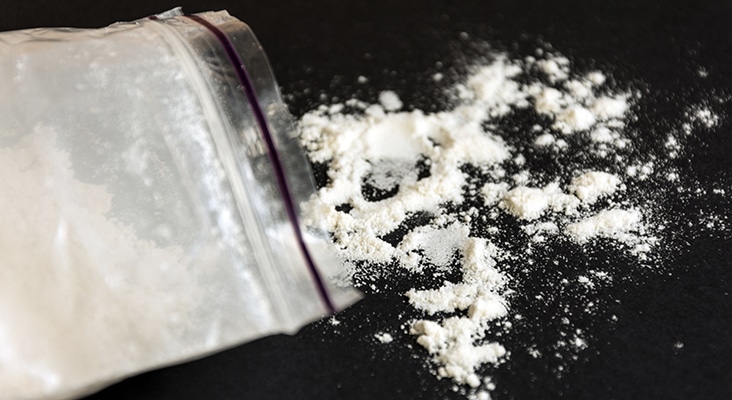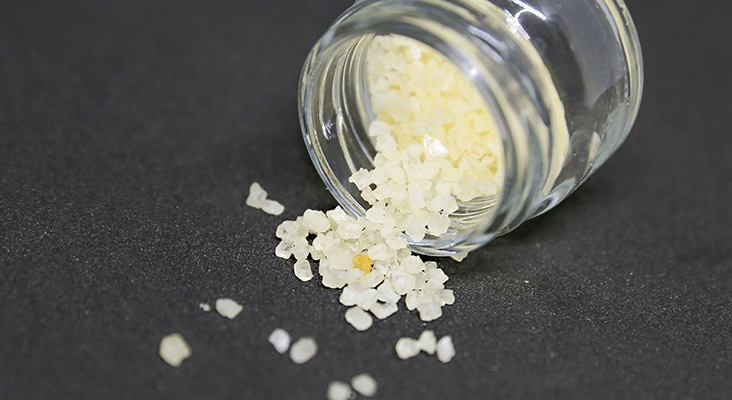Treating Patients Who Misuse Methamphetamine

According to the 2017 National Survey on Drug Use and Health, approximately how many people reported using methamphetamine in the past year?
 Inna Dodor / iStock / Getty Images Plus
Inna Dodor / iStock / Getty Images Plus
Correct!
Wrong!
Which of the following is a way users can ingest methamphetamine?
 keira01 / iStock / Getty Images Plus
keira01 / iStock / Getty Images Plus
Correct!
Wrong!
A group heavily impacted by methamphetamine use is men who have sex with men.
 byllwill / E+
byllwill / E+
Correct!
Wrong!
Caries risk is highly elevated among chronic users of methamphetamine due to a high prevalence of xerostomia; heavy bruxing, leading to exposed tooth surfaces and fractured restorations; and poor diet and nutrition.
 Ivan-balvan / iStock / Getty Images Plus
Ivan-balvan / iStock / Getty Images Plus
Correct!
Wrong!
The direct consequences of abuse—including xerostomia, bruxism, decreased salivary buffering capacity, and accompanying risk factors, such as consumption of other toxic substances—may contribute to an overall neglect of dental care, significantly increasing oral health risks.
 Dmitro2009 / iStock / Getty Images Plus
Dmitro2009 / iStock / Getty Images Plus
Correct!
Wrong!
Discussions with patients about the oral health risks associated with nonmedical methamphetamine use should be accusatory and judgmental.
 SeventyFour / iStock / Getty Images Plus
SeventyFour / iStock / Getty Images Plus
Correct!
Wrong!
If a patient is in recovery, or has expressed a desire to save his or her teeth, silver diamine fluoride is effective for caries management.
 Hailshadow / iStock / Getty Images Plus
Hailshadow / iStock / Getty Images Plus
Correct!
Wrong!
Because methamphetamine users are subject to high caries risk, remineralization therapies are often indicated to prevent the development of new lesions or progression of existing decay.
 bert_phantana / iStock / Getty Images Plus
bert_phantana / iStock / Getty Images Plus
Correct!
Wrong!
Treating Patients Who Misuse Methamphetamine
Not bad, but there’s room to grow when it comes to understanding how to best treat patients who misuse methamphetamine. Consider reading more about this important facet of dental hygiene care. Good luck!
Well done! Continue to study the latest on treating patients who misuse methamphetamine. You’ve got this!
Congrats! You understand the importance of treating patients who misuse methamphetamine. Get out there and put your know-how to good use!
Share your Results:

